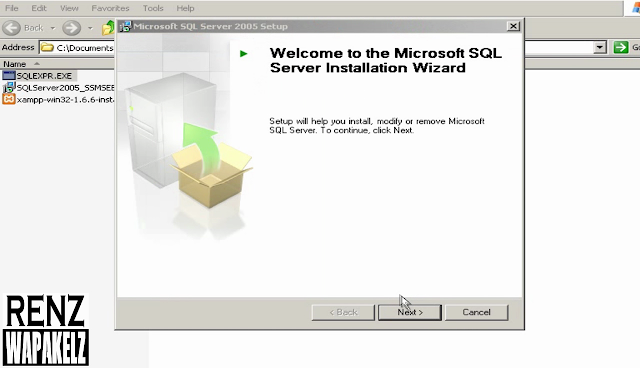

So when you hit search on on your smartphone, it sends a request to your router, which pushes it out to the internet, and when the response comes (all in a fraction of a second), your router knows to send it to your smartphone and not your PS5. Your private address is just for your router, your network, and you.Įach of the devices connected to your home network has a private IP that your router keeps track of for you. When the information comes back to your router, it reverses the change - from a public IP address into a private one - and forwards the traffic back to your computer.NAT is a process in which your router translates your private IP address into a public one so that it can send your traffic over the internet, keeping track of the changes in the process.Once your router makes its internet connection through your internet service provider, it sends internet activity to any computer connected to your router and is the basis of a networking innovation called a Network Address Translation (NAT). Your simple home network, with its router at the center and computers connected to it - wired or wireless - counts as just one of those networks. The organizations that distribute IP addresses to the world reserve a range of IP addresses for private networks.

Remember: if you have a router, you have a private IP address. However, that’s not how it works out because of one major exception - network computers that are linked to a router and share the same public IP address. In theory, your computer must have its own unique IP address so that it will only receive the information that is meant for you. How private and public IP addresses work together You couldn’t do much without a public IP address. The internet works similarly, except it directs your personal activity (emails, answers to Google inquiries, etc.), and forwards the electronic messages to your computer’s IP address. With traditional snail mail, when you send a letter, you have to know the address to send it to - such as “1234 Main Street,” - so that the postal worker knows which street and house to take it to. That’s the only reason it’s known as a public IP address. Your public IP address is the IP address that someone on the other end of your internet activity would see (should they bother to look for it). It’s usually the same address for the other models from that manufacturer, and it can be seen in the manufacturer’s documentation. It’s also referred to as a local IP address. Home routers have a public IP address, but the ISP also assigns a private IP address number. Now, about that other kind of IP address… What is a private IP address? So, if you’ve ever wondered what a public IP address is, now you know. It’s a little bit safer and keeps people from knowing your real address. box number instead of using your home address.

Think of it this way: having a public IP address is like having a P.O. This address can be accessed directly from the rest of the internet. When you get a router for your home network, it’s the job of your internet service provider (ISP) to assign it a public IP address. The IP address you see on our homepage - that looks like this: 24.156.99.202 - is an example of a public IP address.

How private and public IP addresses work together.
RAN ONLINE PRIVATE SERVER US HOW TO
This guide covers what private IP addresses are, the difference between public IP addresses and private ones, and how to find your home router’s public and private IP addresses. Sounds confusing - how can an IP address be both public and private? That’s what this guide is for. Because - and you may not realize this - you have both a public and a private IP address for your home network. If you were searching for information on an IP address such as 192.168.1.1 or 10.0.0.1, you’re most likely looking for a private IP address, not a public one.


 0 kommentar(er)
0 kommentar(er)
